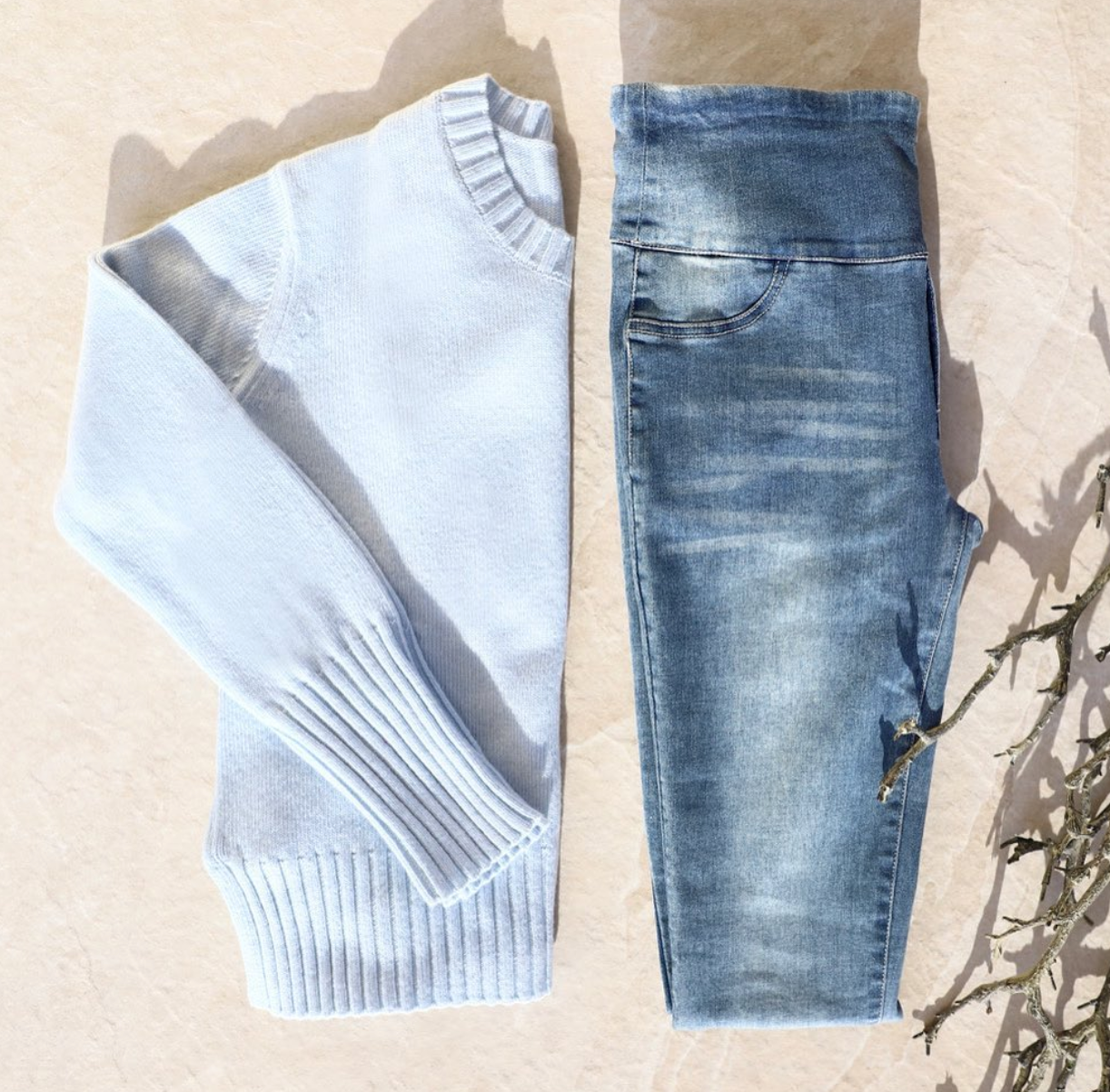We know how tough and painful breastfeeding can be for new moms in Australia. We're here to help with tips and support for easing the pain. Many moms face sore nipples, engorgement, and latch issues, making it key to find out why it hurts.
Mastitis is a big worry for many, but it's not the only reason for breast pain. Other causes include issues with the baby, past traumas, and skin problems. We want to give you all the info you need to nurse without pain and with confidence.
Understanding Painful Breastfeeding: Common Causes and Concerns
Painful breastfeeding can be tough for many moms. Some discomfort is normal, but severe pain might mean there's a problem. Sore nipples, engorgement, and a bad latch are common causes.
A bad latch can cause sore nipples and breast pain. A nipple shield might help. But you need to fix the real problem for a good breastfeeding experience.
Early Discomfort vs. Serious Issues
It's important to identify early discomfort from serious problems. Some moms might just have mild soreness or engorgement. But others might have mastitis or thrush.
When to Seek Professional Help
If pain doesn't go away or gets worse, get help from a lactation consultant or doctor. They can help fix issues like a bad latch or other problems.
Impact on Breastfeeding Journey
Painful breastfeeding can really affect a mom's journey. It can cause anxiety, stress, and lower milk supply. By fixing the pain and getting help, moms can have a better breastfeeding experience.
- Seek professional help if breastfeeding pain persists or worsens over time
- Address underlying issues, such as an incorrect breastfeeding latch
- Use a nipple shield to alleviate discomfort, if necessary
Recognising Mastitis: Signs and Symptoms
Mastitis is an inflammation of the breast tissue. It can cause pain, redness, and swelling. It's important to know the signs and symptoms to get treatment quickly and avoid complications. Health experts say mastitis happens when germs get into the breast through cracks in the nipple or blocked milk ducts.
Some common signs and symptoms of mastitis include:
- Breast tenderness or warmth
- Breast swelling
- Thickening of breast tissue or a breast lump
- Pain or a burning feeling during breastfeeding
- Skin redness, often in a wedge-shaped pattern
- Feeling ill or feverish
If you think you have mastitis, see a doctor right away. They can tell you the best treatment and help you feel better. At Peachymama, we know mastitis is tough and painful. We offer supportive and comfy nursing wear to help mothers heal.
Beyond Mastitis: Other Causes of Breast Pain
Breast pain can come from many sources, not just mastitis. Taking good care of your breasts is key to avoiding and handling these issues. It's also important to find ways to ease engorgement to reduce pain and fullness.
Other common reasons for breast pain include blocked ducts, engorgement, and issues with how the baby latches on. At Peachymama, we provide nursing wear that's both comfy and supportive. This helps mothers have a better time breastfeeding.
Blocked Ducts and Engorgement
Blocked ducts and engorgement can make your breasts hurt and feel full. To ease engorgement, try feeding or expressing milk, using a warm compress, and massaging gently while feeding. Also, make sure to express milk regularly and avoid tight clothes to prevent these problems.
Incorrect Latch and Positioning
When the baby doesn't latch or position right, it can hurt your nipples and breasts. Learning the right latching and positioning techniques can make breastfeeding more comfortable for you.
Thrush and Bacterial Infections
Thrush and bacterial infections can also cause breast pain and other symptoms like shiny or flaky nipples. If you or your baby has had yeast infections before, these could be signs. Quick treatment and good breast care can help manage these issues and stop them from coming back.
Managing Breast Pain During Feeding Sessions
Many mothers find breastfeeding rewarding but face challenges, like breast pain. Studies show 1 in 4 women deal with breast pain during feeding. This pain can stem from poor latching, engorgement, or mastitis. Getting help from lactation consultants, healthcare pros, and other moms is key to managing pain and enjoying breastfeeding.
Getting the right position and attachment is vital to avoid pain. A warm compress before feeding can help. Also, frequent feeding and correct latching can lower pain and mastitis risks. Techniques like massage and warm compresses can tackle blocked ducts and pain. Support from others is essential in these matters.
Here are some ways to handle breast pain during feeding:
- Get help from midwives, health visitors, or breastfeeding experts for sore nipples and engorgement
- Use proper latching techniques to cut down pain and mastitis risks
- Apply warm compresses before feeding to ease pain
- Manage blocked milk ducts with massage and warm compresses
By getting support and using these methods, moms can manage pain and enjoy breastfeeding. At Peachymama, we offer supportive and comfy nursing wear to help moms reach their breastfeeding goals.
Essential Treatment Options for Mastitis
Mastitis needs quick treatment to ease symptoms and avoid problems. Treatment includes medical help and home remedies for pain relief. Antibiotics like flucloxacillin or dicloxacillin are often given for 10 days.
Along with antibiotics, simple pain relief, warm packs before feeding, and cold packs after can help. It's key to keep breastfeeding to keep milk flowing and clear the infection. A lactation consultant can help with breastfeeding tips, like how to latch properly and express milk.
Home remedies like wearing a supportive bra, resting, and using warm, moist cloths can also help. In serious cases, surgery or needle aspiration might be needed. Knowing how long it takes to get better helps plan for breastfeeding. At Peachymama, we offer supportive nursing wear to help mothers with mastitis keep breastfeeding confidently.
Important points for mastitis treatment and pain relief include:
- Keep breastfeeding to keep milk flowing and clear the infection
- Use over-the-counter pain relievers like acetaminophen or ibuprofen for pain
- Use warm, moist cloths on the affected breast for comfort
- Get help from a lactation consultant for better breastfeeding techniques
Prevention Strategies for Comfortable Breastfeeding
It's key to stop breast pain and discomfort for a good breastfeeding time. Taking care of your breasts and getting help from experts can really help. Things like regular milk release, right latch, and loose clothes can stop engorgement and other issues.
At Peachymama, we know how vital breast care and support are. We tell moms to take steps to make breastfeeding comfy. Drink lots of water, wear a comfy nursing bra, and change breastfeeding spots to avoid too much pressure.
Here are more ways to avoid breast pain and discomfort:
- Make sure the baby latches right to avoid nipple pain and discomfort
- Feed the baby often to stop engorgement and plugged ducts
- Use manual expression or a breast pump to ease engorgement pain
- Try warm compresses on your breasts for plugged ducts
- Get help from a lactation consultant or healthcare provider for the right breastfeeding way
By focusing on breast care and getting support, moms can have a positive and comfy breastfeeding time. Always drink water, wear a comfy nursing bra, and switch breastfeeding spots to avoid too much pressure.
The Role of Proper Support and Education
Support and education are key to avoiding and managing breast pain while breastfeeding. At Peachymama, we focus on giving mothers supportive and comfy nursing wear. This helps them have a positive breastfeeding journey. The right support can help with sore nipples and engorgement and build a healthy milk supply.
In Australia, resources like the Australian Breastfeeding Association are very helpful. They offer tips on how to position and attach the baby correctly. They also suggest frequent and unrestricted feeding to prevent sore nipples and engorgement. Rooming-in is encouraged to help with bonding and frequent feeding, which is good for milk supply and early problem-solving.
Some main benefits of good support and education are:
- Building a healthy milk supply and avoiding engorgement
- Stopping sore nipples and mastitis
- Improving how to breastfeed and avoiding nipple pain
- Helping mothers who can't breastfeed due to health issues
With the right support and education, mothers can face breastfeeding challenges head-on. They can feel confident and comfortable in their ability to breastfeed. This way, they can give their babies the best start in life.
Your Path to Comfortable and Confident Nursing
Remember, a good breastfeeding experience is key for both moms and babies. At Peachymama, we think the right support and education can help moms beat breast pain. This means getting help from lactation consultants and healthcare pros for advice on pain relief and using a nipple shield if needed.
In Australia, moms have many ways to get support. This includes clothes and accessories made for easy and comfy nursing. By focusing on their breastfeeding journey and getting help when they need it, moms can tackle issues like mastitis and sore nipples. This way, they can enjoy the many benefits of breastfeeding and build a strong bond with their babies.
By focusing on pain relief and using tools like a nipple shield, moms can start their breastfeeding journey on a positive note. At Peachymama, we're all about providing supportive and comfy nursing wear. We want to help moms have a great breastfeeding experience and build a lifelong bond with their babies.


